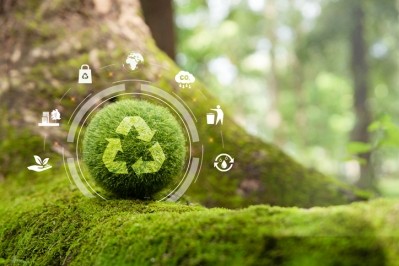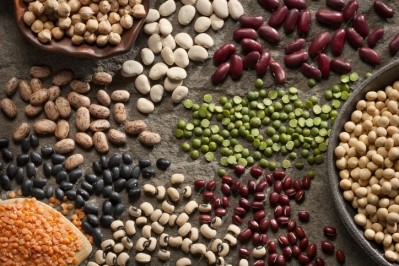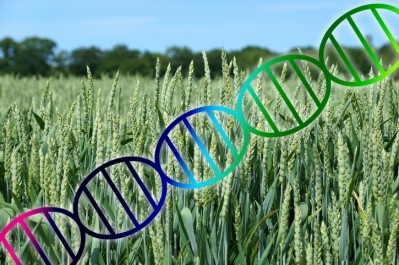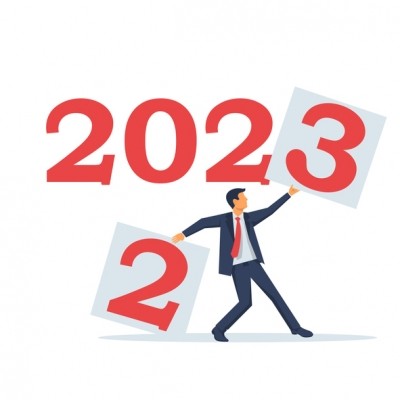Commission: Need for EU protein crop push ‘more relevant’ than ever
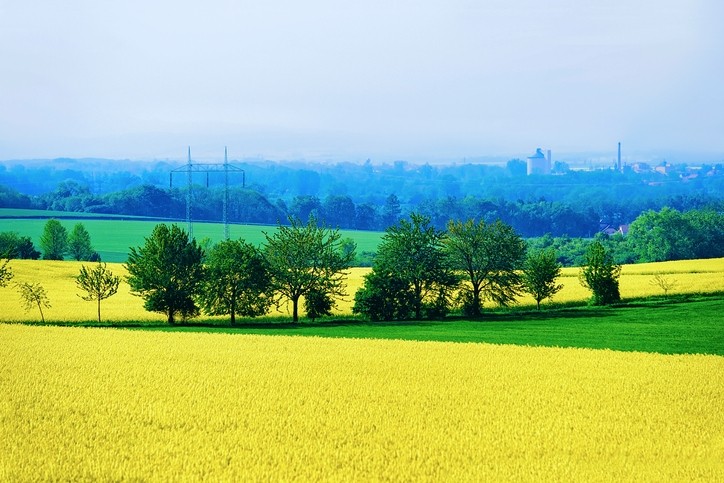
The dataset looks to give a full overview of EU production forecasts, imports and exports, and domestic use of a broad range of feed protein sources.
EU self-sufficiency for all sources of protein is expected to remain at 77%, said the EU Commission (EC), despite lower availabilities of EU maize due to this summer’s drought. The EU remains fully sufficient in roughage, that is still the bloc’s main source of feed protein, it reported.
Oilseed meals represent 27% and cereals 21% of total feed protein use in the EU.
Updated annually, the EU feed protein balance sheet presents the supply and demand of various feed protein sources including cereals, oilseeds, and pulses along with co-products - meals from crushing soy, rapeseed, and sunflower - and protein-rich materials that result from processed arable crops, non-plant-based sources such as processed animal proteins, and former foodstuffs as well as roughage - grass, silage maize, and fodder legumes.
FEFAC welcomes the EC's effort "to maintain and further improve" the EU protein balance sheet tool. "It's a key stepping stone to allow for an informed discussion on the planned review of the EU protein plan," Alexander Döring, secretary general of that trade group, told us.
"We also appreciate that the EU protein balance sheet provides an outlook for the new marketing year 2022/23. This valuable tool is useful not only as a backdrop for policy decisions, but also for helping to improve our own cross-sectoral analysis.”
Reducing EU dependency on imported protein
On top of releasing that data, the EC outlined how the development of EU plant protein production and consumption will be among its key objectives in the coming months.
“The development of domestic protein crops and, more generally, a reduction in the EU dependency on imported protein used for feed has been high on the agenda for several years.
“It is more relevant now than ever, given the war in Ukraine and record high feed costs.”
In its communication on food security in March this year, the EC announced its intention to review the policy and priorities identified in its 2018 report on the development of plant proteins in the EU.
FEFAC, along with COPA & COGECA and EUROSEEDS, issued a joint statement in March as well, outlining how EU self-sufficiency in high protein raw material sources for either food or feed is not achievable in the short or midterm, particularly if there is no access to best-in-class breeding techniques, crop protection products and fertilizers. “A reliance on protein imports from third countries is, therefore, here to stay for the foreseeable future.”
There is no simple and easy solution to overcome the EU high protein sources deficit either. “From our point of view, this would come from an increase of the production per hectare of the already established crops, an increase of the protein content, the bioavailability, and the proportion of essential amino acids in key crops, such as cereals, and better pricing at farm level of protein content or quality above the standard.”
